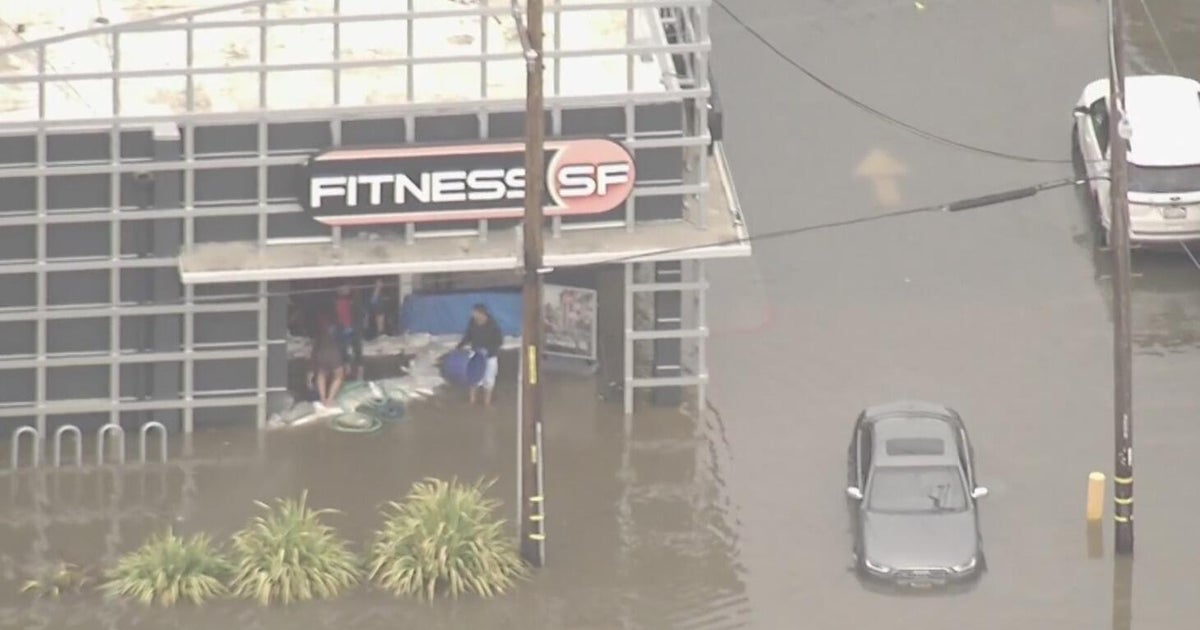Shinnecock Bay's environmental recovery lauded worldwide
SOUTHAMPTON, N.Y. -- A decade ago, Shinnecock Bay was called "irrecoverable" due to shellfish and water health in a downward spiral.
The collapse has since been reversed with science and students, and as CBS2's Jennifer McLogan reports, the environmental recovery is being lauded across the country.
"It means, basically, you know, job security," said Ed Warner, a fifth-generation Shinnecock Bayman. "We had the brown tide. We lost the bay scallops. We lost many of the hard clams, and the whole ecosystem had changed for the worse ... And now, it's come back."
More than a decade after CBS2 first covered the pollution, die-offs, suffocating algae, red and brown tide, considered more intense than any other waterway worldwide, Stony Brook scientists are getting global recognition for the restoration of Shinnecock Bay.
"This is incredible news. Clams live for more than 40 years, so they'll be filtering the water, providing new baby clams," said Dr. Christopher Gobler, with the Stony Brook School of Marine and Atmospheric Sciences.
Led by Gobler, sustained efforts of researchers, students, philanthropists and volunteers created, planted and sustained clam sanctuaries, oyster reefs, sea grass beds, salt marshes and intertidal flats amid the 9,000 acres of open water making up Shinnecock Bay in the town of Southampton.
"What we've seen is a 1,700% increase in hard clam densities in the bay," Gobler said. "The outcome we hadn't even dreamed of in the beginning."
The international designation depicts Shinnecock as arguably the healthiest bay in New York state. Their work demonstrates that science and people can reverse the damage.
Environmentalists call it a push-back to climate change.
"Optimism is the word of the day. This is an heroic event," said Assemblyman Steve Englebright.
A complete recovery of the clam fishery and ecosystem through sacrifice.
"Our next goal is to be able to make sure the bay scallops can survive," Warner said.
A significant coastline, rich maritime tradition, ocean wildlife back above and under the sea.








